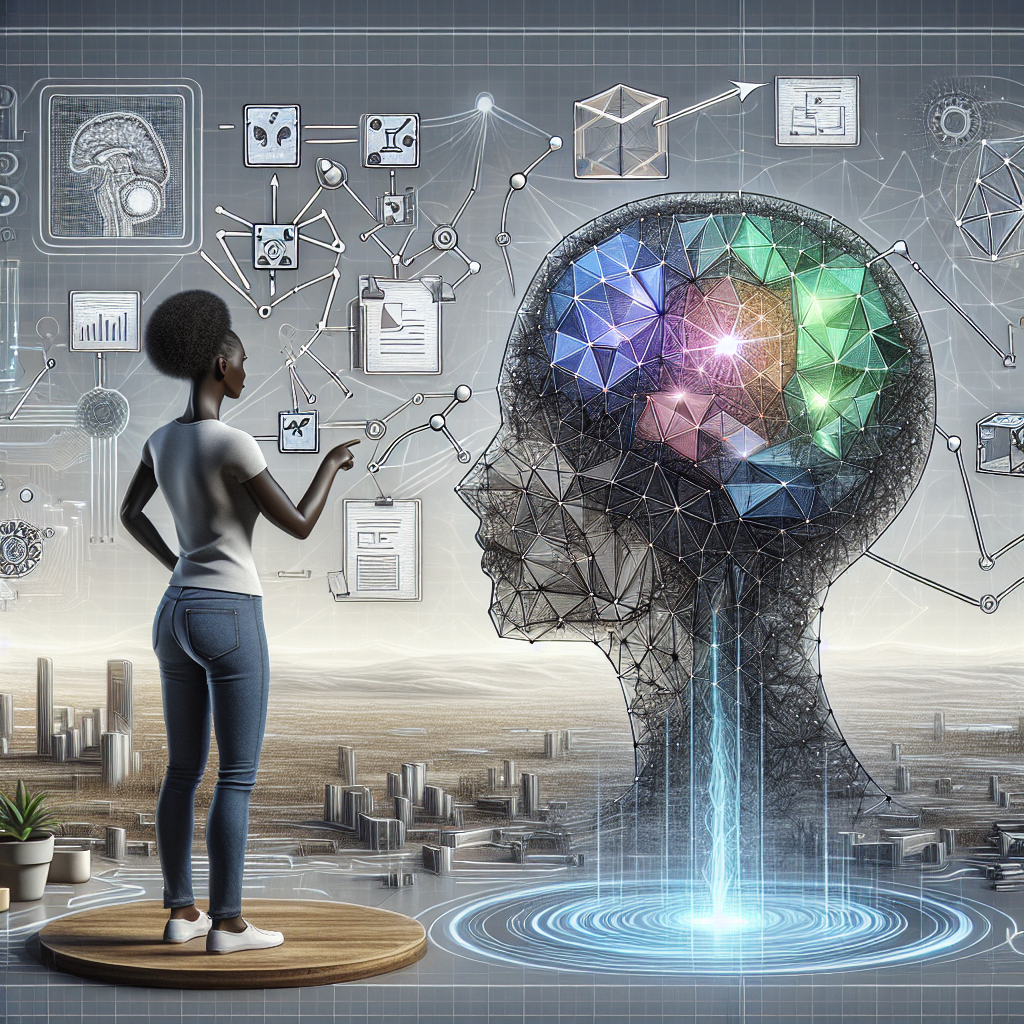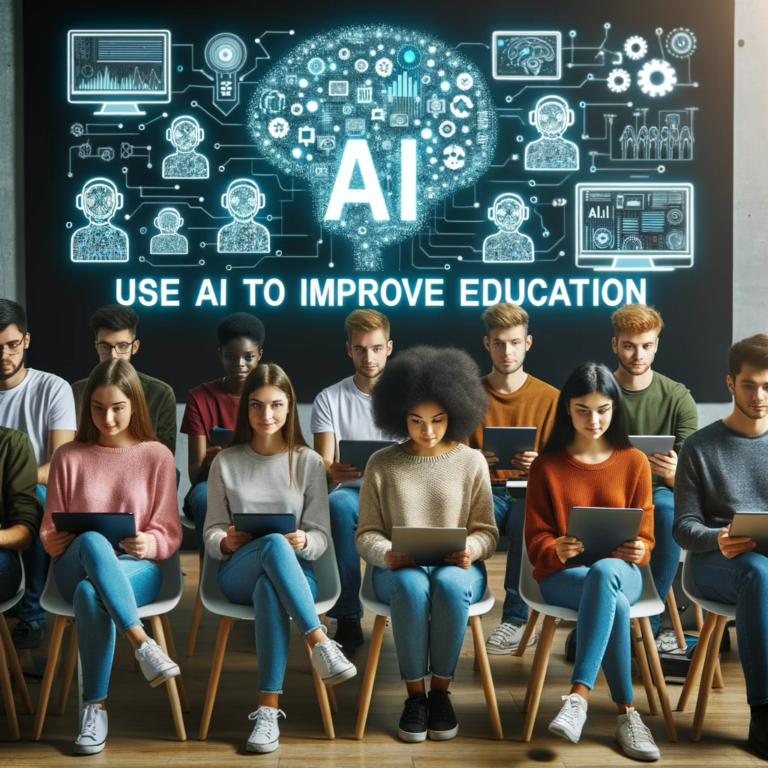
In this article, we will be exploring the fascinating world of Reinforcement Learning from Human Feedback (RLHF). RLHF is a cutting-edge technique that combines the power of artificial intelligence and human guidance to enhance the learning process of machines. By leveraging human feedback, RLHF enables machines to navigate complex environments, make informed decisions, and continuously improve their performance. Join us as we delve into the intricacies of RLHF and discover how it is revolutionizing the field of AI. Get ready to embark on a captivating journey of exploring the potential of machines learning from human interaction.
Exploring Reinforcement Learning from Human Feedback
Reinforcement Learning (RL) is a branch of machine learning that enables an agent to learn through interaction with an environment, achieving goals by maximizing a reward signal. RL has gained significant attention in recent years due to its potential applications in various domains such as robotics, healthcare, and gaming. However, RL faces several challenges, including the need for extensive exploration, long training times, and a lack of prior knowledge. To address these challenges, researchers have turned to Human Feedback, which involves incorporating human knowledge and guidance into reinforcement learning algorithms. This article aims to provide a comprehensive overview of Reinforcement Learning from Human Feedback (RLHF), exploring its definition, importance, challenges, different approaches, training techniques, applications, and potential limitations.
1. Introduction to Reinforcement Learning
1.1 Definition of Reinforcement Learning
Reinforcement Learning is a type of machine learning where an agent learns to take actions based on observing the state of the environment and receiving feedback in the form of rewards or punishments. The goal of RL is to maximize the cumulative reward over time by discovering optimal actions to achieve specific objectives.
1.2 Importance of Reinforcement Learning
Reinforcement Learning plays a vital role in addressing complex problems that are difficult to solve using traditional programming techniques. It enables machines to learn from experience and adapt to dynamic environments, making it suitable for tasks such as autonomous driving, game playing, and decision-making.
1.3 Challenges in Reinforcement Learning
Despite its potential, RL faces several challenges. One primary challenge is the exploration-exploitation dilemma, where the agent needs to explore unfamiliar actions to discover optimal strategies while also exploiting known actions to maximize immediate rewards. Additionally, RL algorithms often require extensive training time, leading to slow convergence and high computational costs. Another challenge is the lack of a prior model or knowledge about the environment, making it challenging to generalize across different tasks and transfer learning from one domain to another.

2. Understanding Human Feedback
2.1 Role of Human Feedback in Reinforcement Learning
Human Feedback plays a crucial role in RL by providing additional information and guidance to the learning agent. By incorporating human knowledge and expertise, RL algorithms can leverage existing insights to speed up learning, improve performance, and avoid potential pitfalls.
2.2 Types of Human Feedback
Human Feedback in RL can take various forms, including explicit rewards, demonstrations, and preferences. Explicit rewards involve humans assigning numeric values to different states or actions, indicating their desirability. Demonstrations involve humans showing the desired behavior directly, allowing the learning agent to imitate and learn from their actions. Preferences refer to humans ranking or comparing different actions or outcomes, informing the agent about their relative desirability.
2.3 Importance of Human Feedback in RLHF
The integration of Human Feedback in RLHF is crucial for several reasons. Firstly, it reduces the time required for exploration and accelerates the learning process by focusing the agent’s attention on relevant regions of the state-action space. Secondly, Human Feedback can help alleviate the exploration-exploitation dilemma by providing valuable guidance on which actions to pursue or avoid. Lastly, Human Feedback allows RL algorithms to leverage human knowledge, expertise, and intuition to achieve better performance and overcome challenges that arise from incomplete or noisy reward signals.
3. Reinforcement Learning Algorithms
3.1 Overview of RL Algorithms
There are various RL algorithms that differ in their approach to learning and decision-making. Some notable RL algorithms include Q-Learning, Policy Gradient methods, Monte Carlo methods, and Temporal Difference Learning. These algorithms aim to learn an optimal policy, value function, or action-value function to maximize the cumulative reward.
3.2 Traditional Reinforcement Learning Algorithms
Traditional RL algorithms, such as Q-Learning and Policy Gradient methods, rely solely on the environment’s reward signals to learn optimal policies. They often use exploration strategies, such as epsilon-greedy or softmax, to balance the trade-off between exploration and exploitation. However, these algorithms face challenges when rewards are sparse, delayed, or noisy, as they struggle to effectively learn the optimal behavior in such scenarios.
3.3 Challenges with Traditional RL Algorithms
Traditional RL algorithms face several challenges, including the slow convergence of value functions and policies, high sample complexity, and sensitivity to hyperparameters. Moreover, they are prone to suboptimal behavior in tasks with sparse rewards or complex environments. These challenges necessitate the exploration of alternative approaches to enhance RL’s learning efficiency and generalization capabilities.

4. Reinforcement Learning from Human Feedback
4.1 Defining Reinforcement Learning from Human Feedback
Reinforcement Learning from Human Feedback (RLHF) refers to the integration of Human Feedback into RL algorithms to improve learning efficiency, sample complexity, and overall performance. By incorporating human knowledge, demonstrations, preferences, or explicit rewards, RL agents can leverage valuable insights to accelerate learning and achieve better policy or value function convergence.
4.2 Importance of RLHF
RLHF is of paramount importance as it addresses the limitations of traditional RL by leveraging human expertise. By incorporating human feedback, RL algorithms can overcome the exploration challenges associated with sparse rewards and complex environments and learn more efficiently. RLHF enables better generalization across tasks and domains, making it a promising approach for various real-world applications.
4.3 Advantages of RLHF over Traditional RL
RLHF offers numerous advantages over traditional RL algorithms. Firstly, it reduces the reliance on exploration to gather reward signals, making learning more sample-efficient and less time-consuming. Secondly, RLHF allows for the transfer of human knowledge across domains, enhancing both learning speed and performance. Furthermore, RLHF provides a way to handle complex environments better and address the challenge of sparse and delayed rewards.
5. Different Approaches to RLHF
5.1 Comparison of Model-Free and Model-Based RLHF
In RLHF, there are two main approaches: model-free and model-based. Model-free RLHF learns directly from human feedback by updating the policy or value function based on provided rewards, demonstrations, or preferences. On the other hand, model-based RLHF involves learning a model of the environment from human demonstrations or preferences, which is then used to guide the agent’s exploration and policy learning.
5.2 Interactive Learning and Imitation Learning
Two popular approaches in RLHF are interactive learning and imitation learning. Interactive learning involves a human providing feedback directly during the learning process, while imitation learning focuses on imitating human demonstrations to learn desired behavior. Both approaches have their advantages and trade-offs, depending on the specific application and the availability of human feedback.
5.3 Exploration-Exploitation Dilemma in RLHF
Exploration-exploitation remains a crucial dilemma in RLHF. Balancing between utilizing human feedback to exploit known good policies and exploring to discover novel strategies is challenging. Researchers are continually developing innovative techniques, like reward shaping, active learning, and curiosity-driven exploration, to address this dilemma effectively.
6. Training Agents with Human Feedback
6.1 Procedures to Train Agents with Human Feedback
Training agents with human feedback involves several procedures. Firstly, the agent needs to interact with the environment and receive human feedback in the form of rewards, demonstrations, or comparisons. Then, this feedback is used to update the agent’s policy or value function based on specific learning algorithms or techniques. The training process often involves an iterative loop of interactions, feedback incorporation, and policy/value function updates until a satisfactory performance is achieved.
6.2 Integration of Human Feedback into RL Algorithms
Human feedback is integrated into RL algorithms through various techniques, such as reward shaping, preference-based learning, inverse reinforcement learning, and apprenticeship learning. These techniques modify the learning process by incorporating the provided human feedback, either directly or indirectly, to train RL agents effectively.
6.3 Techniques for Weighting Human Feedback
A critical aspect of RLHF is the weighting of human feedback to determine its influence on the learning process. Different techniques, such as confidence-weighted learning, Bayesian inference, and reward models, can be employed to assign appropriate weights to different feedback sources, considering their reliability, relevance, or potential biases.
7. Applications of RLHF
7.1 Robotics and Automation
RLHF holds great potential in robotics and automation. By integrating human feedback, robots can learn complex tasks and interact safely and effectively in dynamic environments. RLHF allows for the transfer of human expertise, enabling robots to excel in intricate manipulation, navigation, and decision-making tasks.
7.2 Healthcare and Medicine
In healthcare and medicine, RLHF has various applications. It can be used to train intelligent agents for personalized treatment planning, optimizing drug dosage, and discovering treatment strategies for complex diseases. Human feedback plays a crucial role in ensuring patient safety, supporting clinical decision-making, and improving the overall quality of healthcare delivery.
7.3 Gaming and Simulations
RLHF has been extensively explored in the gaming industry and virtual simulations. By incorporating human feedback, game developers can create more realistic and challenging virtual opponents that adapt to player strategies. RLHF also enables the development of intelligent NPCs (Non-Player Characters) and autonomous game agents, enhancing the overall gaming experience.
8. Challenges and Limitations
8.1 Ethics and Bias in Human Feedback
One essential challenge in RLHF is addressing ethical issues and potential biases associated with human feedback. Ensuring fairness, avoiding discrimination, and mitigating biases are crucial considerations when integrating human knowledge and feedback into learning algorithms. Approaches such as debiasing techniques and fairness-aware learning can help address these challenges.
8.2 Generalization and Transferability of RLHF
Another limitation is the generalization and transferability of RLHF. Human feedback may be domain-specific, making it challenging to transfer learned policies or value functions to different tasks or environments. Developing techniques for knowledge transfer and domain adaptation is crucial for enabling RLHF to have broad applicability.
8.3 Scalability and Efficiency Challenges
The scalability and efficiency of RLHF algorithms remain significant challenges. As the size and complexity of environments and tasks increase, incorporating human feedback can become computationally intensive and slow down the learning process. Developing scalable and efficient algorithms that can handle large-scale problems is essential for widespread adoption of RLHF.
10. Conclusion
Reinforcement Learning from Human Feedback (RLHF) offers a promising approach to enhance the capabilities and performance of traditional RL algorithms. By leveraging human knowledge and guidance, RLHF addresses the challenges associated with exploration, sample efficiency, and generalization. It enables efficient learning, transferability across domains, and better handling of complex environments. RLHF finds applications in diverse fields such as robotics, healthcare, gaming, and simulations. However, challenges related to ethics, generalization, and scalability must be addressed to unlock the full potential of RLHF. With ongoing research and advancements, RLHF can play a vital role in shaping the future of intelligent systems, facilitating human-machine collaboration, and driving innovation in various domains.






